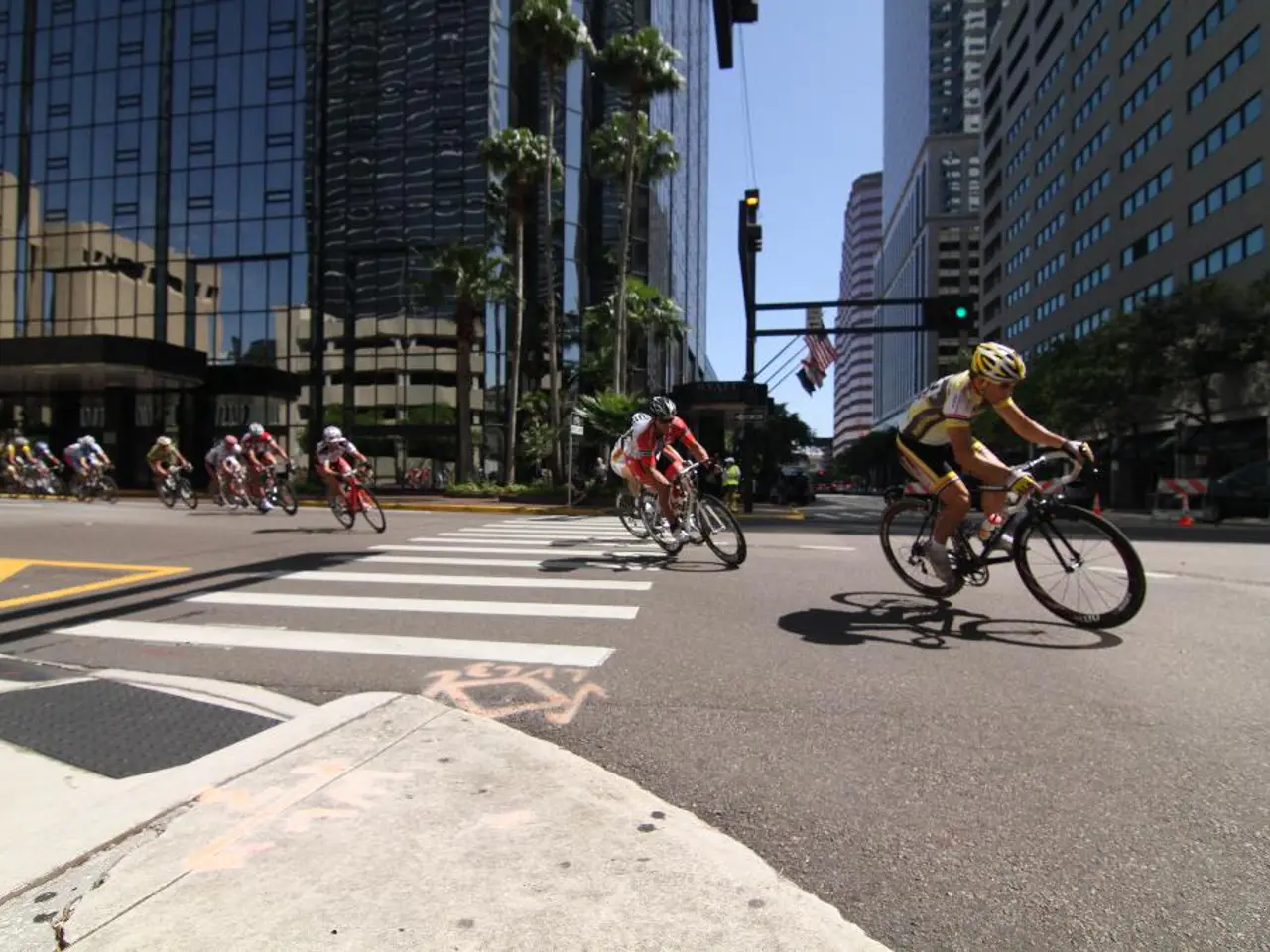Under the cover of darkness in China, Beijing cyclists stealthily make their way out of the city.
Chang'an Avenue, a significant thoroughfare in Beijing, stretches across the city from east to west, flirting with the skyscrapers of Guomao near the second ring road. This grand avenue is not just a major urban road but a powerful symbol of China's political strength, cultural heritage, and historical continuity.
Tiananmen Square, the heart of political life in China, lies at the centre of Chang'an Avenue. This iconic square is home to several landmarks that embody power and heritage. The Great Hall of the People, where China's government holds important meetings and legislative sessions, stands out with its architectural grandeur, especially when illuminated at night. Nearby, the Chairman Mao Memorial Hall houses the embalmed body of Mao Zedong, the founding father of the People's Republic of China, standing as a solemn symbol of Mao’s legacy.
Tiananmen Tower, the historic entrance to the Forbidden City, and the National Museum of China, a major cultural institution preserving China's long history and revolutionary heritage, are also located on Chang'an Avenue. South of Mao's Memorial Hall, Zhengyangmen Tower and Arrow Tower (Qianmen) represent historical defense and control points for access into the inner city.
The Forbidden City, just north of Tiananmen Square, is a grand imperial palace complex that once housed Chinese emperors. It stands as a potent symbol of imperial power and Chinese cultural continuity, now a major tourist attraction.
Chang'an Avenue physically and symbolically connects these monumental sites, embodying China's political authority and historical legacy. It serves as the axis for state ceremonies and military parades, especially through Tiananmen Square, which is often used for national events emphasising the strength and unity of the nation.
The alignment of Chang'an Avenue with these landmarks links the Communist governance (Great Hall of the People, Mao Memorial Hall) with imperial history (Tiananmen Tower, Forbidden City), expressing continuity and consolidation of power throughout China's dynastic and modern eras. The grandeur and lighting of these buildings at night highlight the state's power visually, reinforcing authority and pride in Chinese governance and culture.
Every spring and summer evening, Chang'an Avenue transforms into a bustling hub of activity as thousands of cyclists converge on the avenue. Racing and shared bicycles are a common sight, with the most determined riders extending their journey to the Jietai Buddhist temple, built during the Tang dynasty on Mount Ma'an, eleven kilometers further on Chang'an Avenue.
The 45-kilometer-long and 100-meter-wide Chang'an Avenue bisects the Chinese capital, passing through its political heart. The avenue, which has been a symbol of power since Mao's portrait was first placed at Tiananmen Square in 1951, continues to stand as a testament to China's rich history and enduring political might.
Tourists and locals alike often engage in cycling along Chang'an Avenue during spring and summer evenings, reaching as far as the Jietai Buddhist temple, adding a vibrant lifestyle element to the avenue. This ancient thoroughfare, a significant part of Beijing, not only symbolizes China's political strength and historical continuity but also serves as a link between various landmarks, such as sports venues, cultural institutions, and historical sites, illustrating the country's consolidated power from dynastic periods to modern times.




